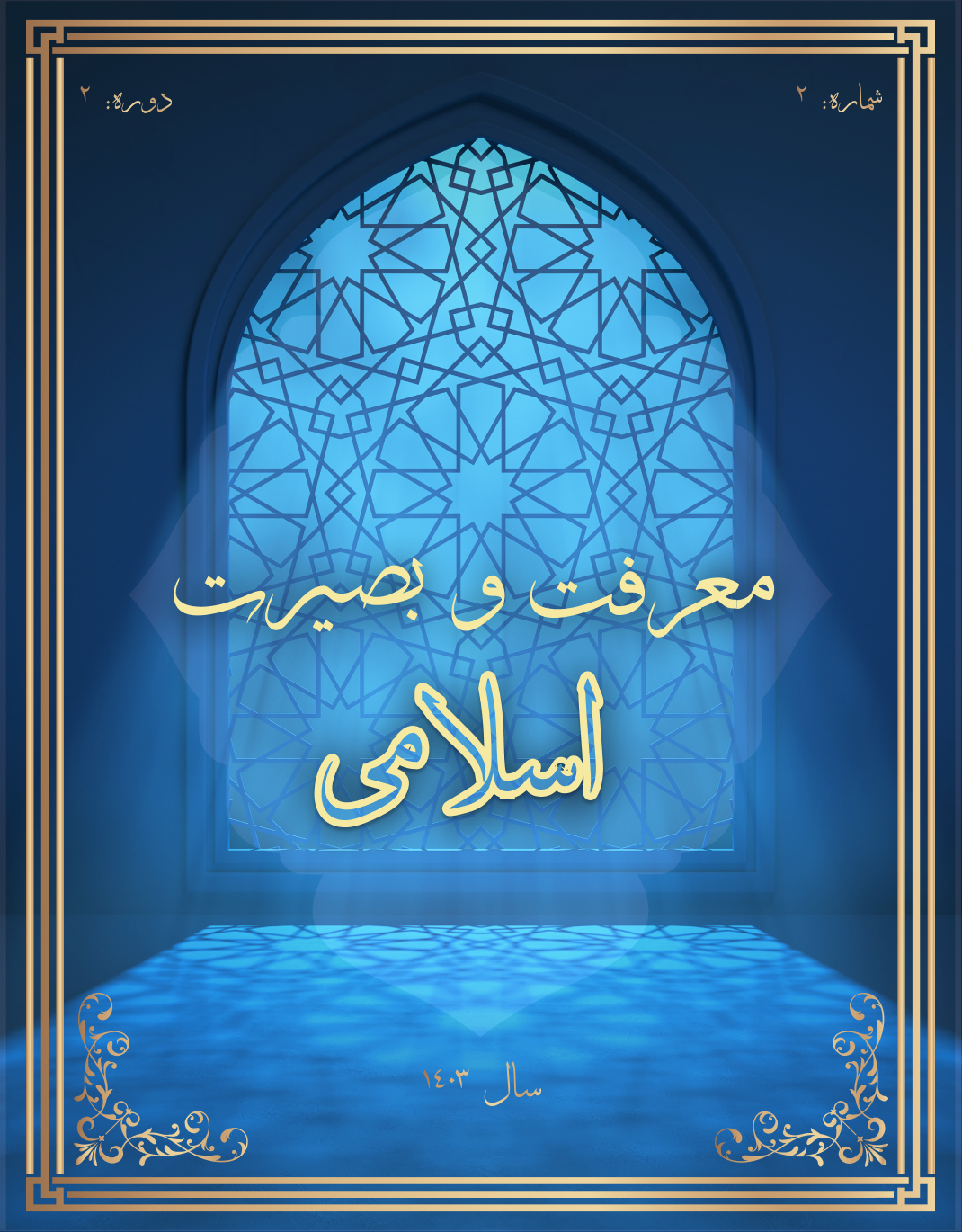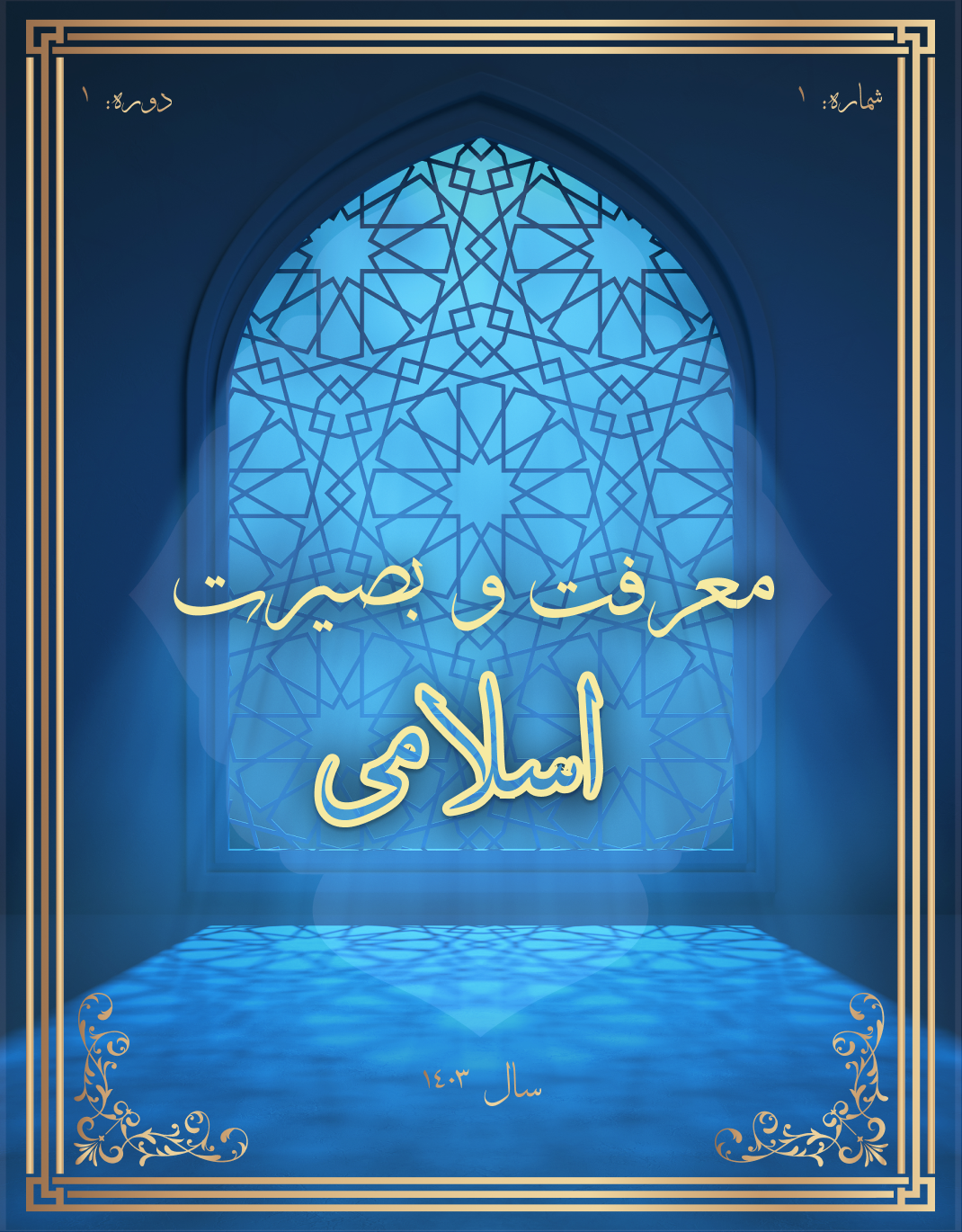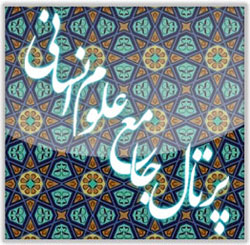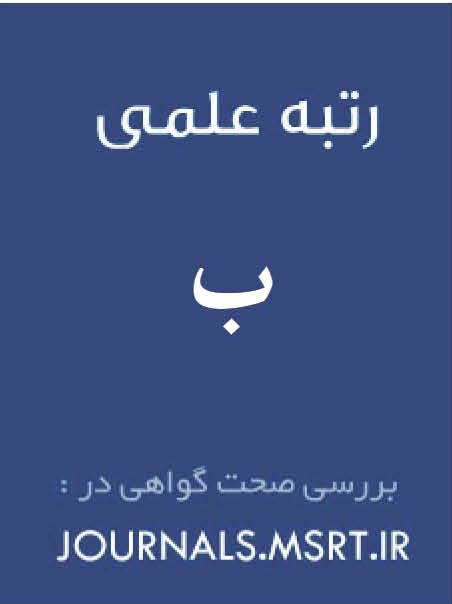Critique of Allameh Jafari’s Translation of the First Five Sermons of Nahj al-Balagha Based on Antoine Berman’s Translation Theory
Keywords:
Criticism, Translation, Allama Ja'fari, Nahjul-Balagha, Antoine BermanAbstract
The utilization of religious and doctrinal texts, in addition to being desirable for all societies, necessitates reliance on the most precise components of linguistics and translation studies. Nahj al-Balagha, as a religious, ideological, political, social, and even scientific charter and covenant, has always been the subject of discussion and research. Persian translators have shown significant interest in translating it, and almost every few years, a new translation enters the realm of religious texts. Evaluating these valuable works based on the latest criteria of translation studies is both essential and significant. The present study aims to critique Allameh Jafari’s translation of the first five sermons of Nahj al-Balagha based on Antoine Berman’s translation theory. This study employs a descriptive-analytical method, focusing on the critique of Allameh Jafari’s translation of the first five sermons of Nahj al-Balagha using four components from Berman’s morphological translation theory. Analyzing this translation within the framework of Antoine Berman’s theoretical principles can elucidate the extent of the translator’s success or failure in providing an appropriate translation of Nahj al-Balagha. The findings suggest that Berman’s principles are highly applicable to translations from Arabic to Persian, especially for a text as weighty and measured as Nahj al-Balagha. However, while Berman’s theory places significant emphasis on preserving the authenticity of the source language, the explanatory clarifications and elaborations that Berman considers distortions in translation should, in the case of Nahj al-Balagha, be included. This is because they contribute to a better understanding of this profound and invaluable text.








